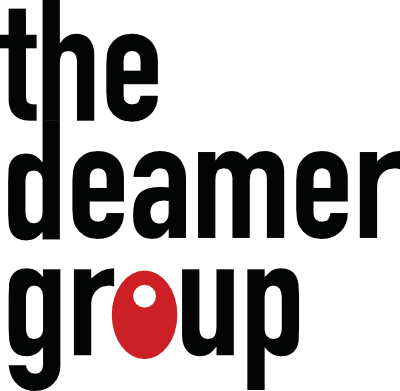
Group of serious businesspeople having discussing at meeting room.
In the dynamic world of Human Resources, one of the most critical relationships within any organization is between HR leaders and managers. This partnership is fundamental to fostering a productive and compliant workplace. Yet, too often, HR leaders are positioned as the “no” people—the gatekeepers who shut down ideas that don’t align with company policy or legal standards. While ensuring compliance is non-negotiable, the way HR communicates can significantly impact the culture, morale, and effectiveness of the entire organization.
The Power of Asking Questions
Instead of immediately saying “no” when a manager presents an idea that seems problematic, HR leaders should first seek to understand the manager’s underlying goals. This approach begins with asking questions. What is the manager trying to achieve? What are the driving factors behind this request? By understanding the broader context, HR professionals can offer alternative solutions that align with the company’s legal obligations, policies, and best practices.
For example, imagine a manager proposes an incentive program that, on the surface, seems to run afoul of wage and hour laws. Instead of outright rejecting the idea, an HR leader could ask, “What specific outcomes are you hoping this program will achieve?” and “Have you considered alternative approaches that might be equally effective?” These questions not only demonstrate a willingness to collaborate but also open the door to creative solutions that satisfy all parties.
Moving from “No” to “Yes, and…”
Once the HR leader fully understands the manager’s objectives, they can then work to find a path forward. This often involves a “Yes, and…” approach. For instance, “Yes, we can explore a performance-based incentive program, and to ensure compliance, we can structure it in a way that aligns with our wage and hour policies.” This response validates the manager’s intent while steering the conversation towards a solution that mitigates potential risks.
This method of engagement transforms HR from a perceived barrier to a strategic partner. It builds trust, encourages innovation, and ensures that managers feel supported rather than stifled by HR. It’s a subtle shift in approach but one that can have a profound impact on the organization’s culture.
Legal, Policy, and Best Practices: A Balanced Approach
One of the primary responsibilities of HR is to safeguard the organization by ensuring adherence to laws, policies, and best practices. However, this responsibility doesn’t have to conflict with supporting the needs and ambitions of managers. By engaging in a dialogue and understanding the manager’s perspective, HR leaders can offer solutions that meet all necessary criteria while still addressing the manager’s goals.
For example, if a manager wants to implement a flexible work arrangement that seems to conflict with existing policies, HR could explore alternative options such as pilot programs or staggered implementation, which allow for a trial period to assess effectiveness and compliance. This approach not only helps in maintaining policy integrity but also demonstrates HR’s flexibility and willingness to support innovative ideas.
Building a Culture of Collaboration
When HR leaders shift from saying “no” to engaging in meaningful dialogue, they help build a culture of collaboration. Managers are more likely to approach HR with ideas when they know they will be met with open-mindedness and a problem-solving attitude. This culture fosters mutual respect, encourages creative solutions, and ultimately leads to better outcomes for the organization.
Conclusion
HR leaders have a unique opportunity to shape the culture and direction of their organizations by how they respond to requests from managers. By avoiding an immediate “no” and instead asking questions to understand the manager’s goals, HR can offer solutions that are not only compliant and within policy but also supportive of the manager’s objectives. This approach not only strengthens the relationship between HR and management but also enhances the overall effectiveness of the organization. In the end, HR’s role isn’t just about enforcing rules—it’s about enabling success within the boundaries of those rules.
